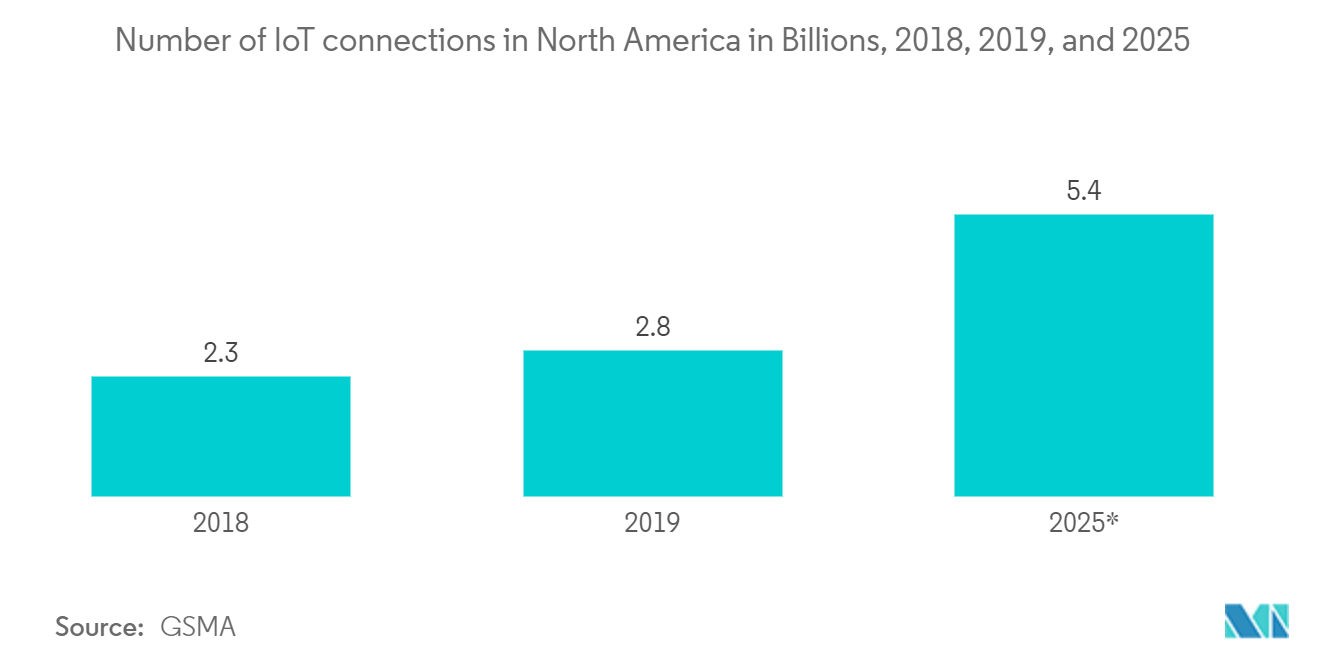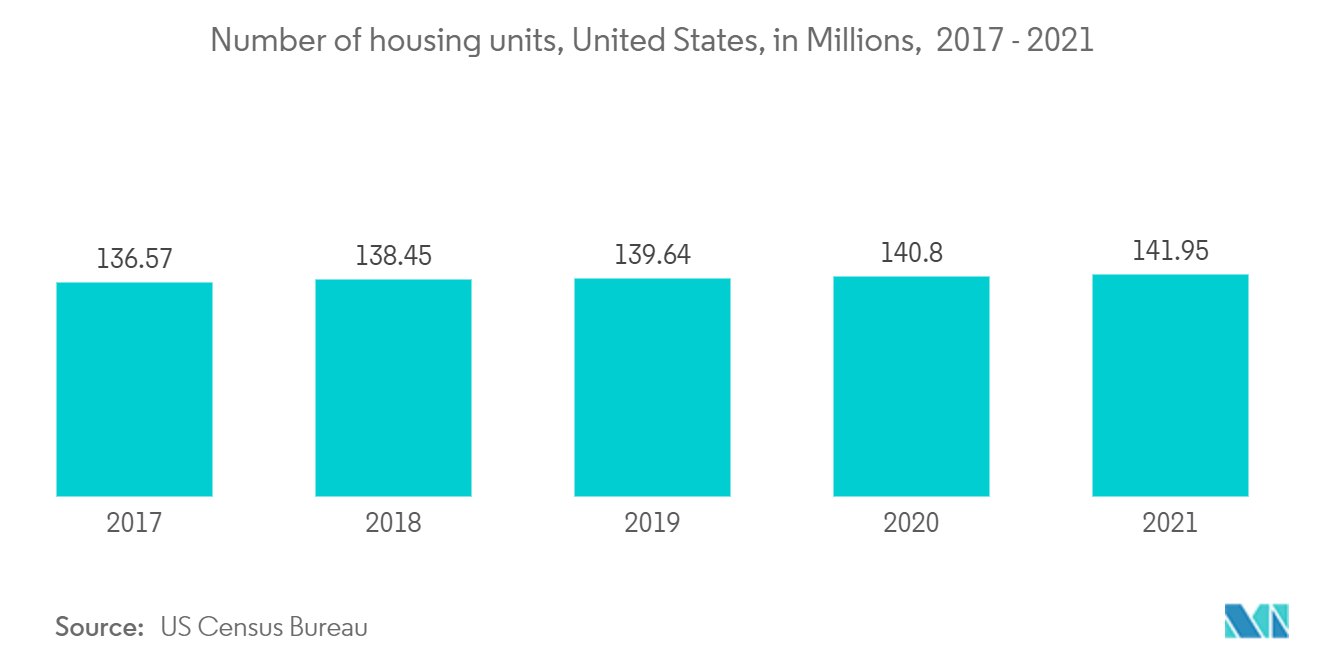Market Trends of US Video Surveillance Industry
Video Analytics to Witness Significant Market Growth
- The United States is expected to provide the most to the development video analytics sector since many significant enterprises there require higher security surveillance systems. The industry is primarily fueled by the accessibility of technological knowledge, companies' increasing need for actionable information in real-time, and the country's expanding need for technically upgraded public protection infrastructure.
- Accessibility to innovative capabilities has been facilitated by the existence of numerous important technology businesses. The United States controls the major sector for video surveillance, propelling the industry forward. Further, the potential of terrorist strikes has forced authorities to install advanced monitoring equipment in a number of areas. Moreover, they have implemented video analytics systems to identify security threats in various industries.
- In the United States, surveillance cameras are increasingly replacing analog cameras. Such cameras have powerful facial and subject identification technology that continuously harvests surveillance material and produces a massive public database. Furthermore, the nation's democratic framework strongly favors implementing CCTV systems. For example, the Homeland Security Department pays local authorities billions of dollars in safety funding to deploy video security cameras. Federal assistance is expected to increase the demand for video analytics, propelling the development of video surveillance equipment over the forecast period.
- Major technology players' increasing regional developments are expected to contribute to market growth over the forecast period. Recently, Cisco Meraki collaborated with Kloudspot to assist businesses in providing safer and smarter workspaces for their workers and consumers.

Residential Addresses a Major Market Potential
- Residential video surveillance solutions connect one or more recording devices to a network and transfer the acquired video or audio data to a specific location. The photos are watched in real-time or sent to a central station for recording and retention. The growing need for security observation goods due to rising threats and criminal operations is driving the demand for video surveillance systems in the country.
- The emergence of smart homes increased the prominence of video surveillance systems in the residential segment in the past few years. The surveillance systems implemented in this sector have varied applications, such as monitoring and access control. These systems are also equipped with motion detection and night vision features.
- The high burglary rate in the country has increased the adoption of security systems such as video surveillance cameras over recent years, which has helped decrease the speed. For instance, according to the FBI, in October 2022, the national burglary rate in the United States was 271.1 incidences per 100,000 people in 2021. This represents a drop from the prior year when the burglary rate was 308 instances per 100,000 people
- Video analytics play a significant role in residential security video surveillance technology, reducing false alarm instances and enhancing the system's ability to detect suspicious situations. The industry expert consumer survey of 10,000 broadband households found that among the 26% of US broadband households that intend to buy a smart video doorbell, most rated artificial intelligence (AI) or advanced analytics capabilities as vital when selecting a specific video doorbell to purchase.


